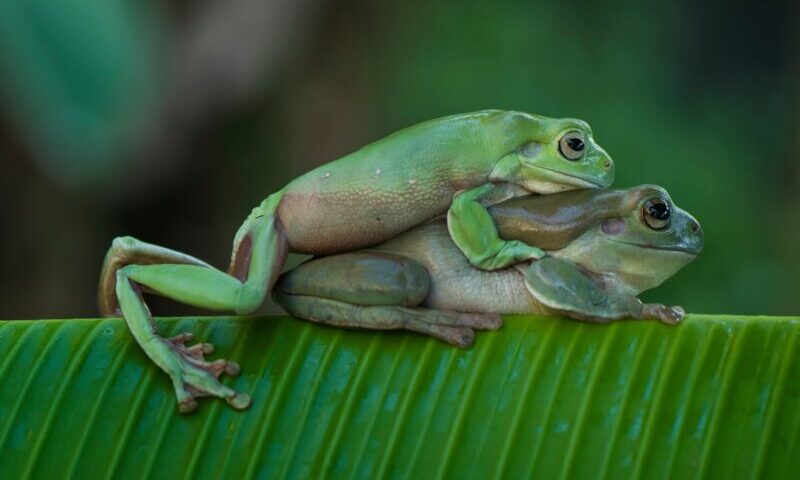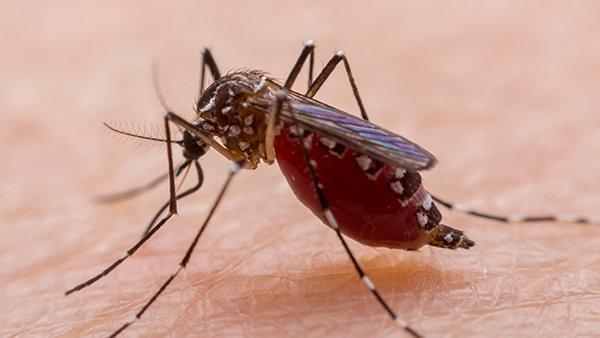Learn about the different ways how do mosses reproduce and how they spread, from fragmentation to spore dispersal.
Moss has adapted to thrive and propagate in challenging environments, making it intriguing to explore its development and the necessity for specialized tools to eradicate and control its spread.
What is mycorrhiza: symbiotic relationships in nature
The Unique Traits of Moss
Mosses stand apart from conventional plants with their distinct characteristics, lacking roots, stems, flowers, fruits, or seeds. Instead, these plants typically feature simple, single-cell-thick leaves attached to a stem, which does not conduct water and nutrients as traditional plants do.
In lieu of roots, mosses possess delicate rhizoids resembling threads, primarily serving to anchor them to surfaces. Reliant on absorbing water and generating nutrients through photosynthesis via their leaves, mosses do not rely on roots for sustenance, enabling them to proliferate easily in harsh environments.
Despite their rudimentary structure, mosses pose a challenge for eradication due to their essential requirements: water and sunlight. Often observed on north-facing surfaces such as roofs, walls, and trees, their prevalence isn’t due to light deficiency but rather the relatively moist conditions found on this side.
How do frogs reproduce: from mating to the first days of life
Moreover, mosses have evolved mechanisms to endure dry spells, including their reproductive processes. Many moss species can endure extended periods without water or rainfall, seemingly dormant for months until revitalized by moisture, springing back to life within hours. Consequently, neglecting moss growth on surfaces like roofs, patios, or tennis courts may give the impression of disappearance during dry summers, only for it to reappear and thrive come autumn.

The different ways how do mosses reproduce
Moss employs various methods to spread, including dispersal of spores by wind and insects, fragmentation, and shoot growth.
Fragmentation: Even a small fragment of moss has the potential to develop into a sizable plant, eventually expanding over a considerable area. Many moss species produce specialized structures called gemmae on their leaves or branches, designed to detach and initiate new plants independently, without requiring fertilization.
This form of asexual reproduction can lead to the emergence of new clone populations provided the newly grown area receives sufficient sunlight and water.
When attempting manual removal of moss, such as with a brush, there’s a risk of dispersing plant fragments and facilitating spore dissemination. Consequently, it’s crucial to apply a systemic moss killer afterward to eradicate the spores and inhibit their growth.
Shoots: Moss can also propagate via shoots, making it particularly adept at spreading rapidly along cracks between paving stones. When using tools to remove moss from these crevices, substantial portions of the plant may remain intact, allowing for regrowth.
Spore Dispersal: Moss, which typically lies flat to conserve moisture and shield itself from air currents, undergoes a transformation during reproduction. To disseminate spores to new areas, the plant extends shoots or hairs bearing capsules containing spores, facilitating their transport by the wind. This phenomenon, often accompanied by striking hues of red and gold when illuminated by sunlight, presents an opportune moment to intervene and halt moss growth before it proliferates further.



